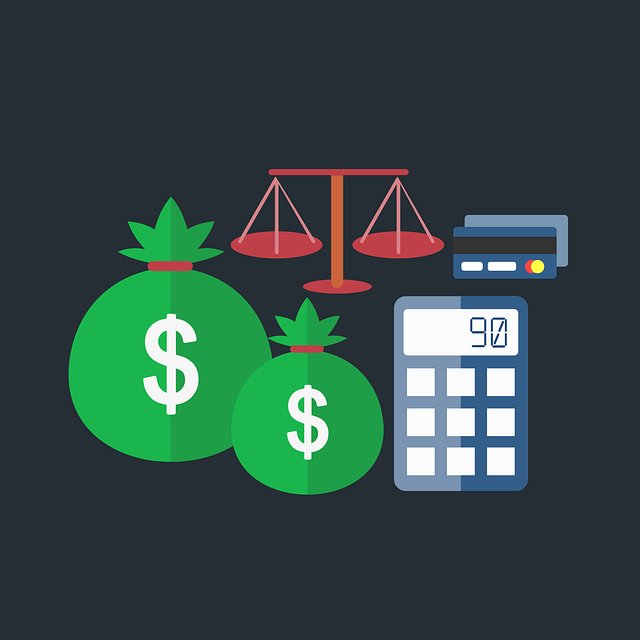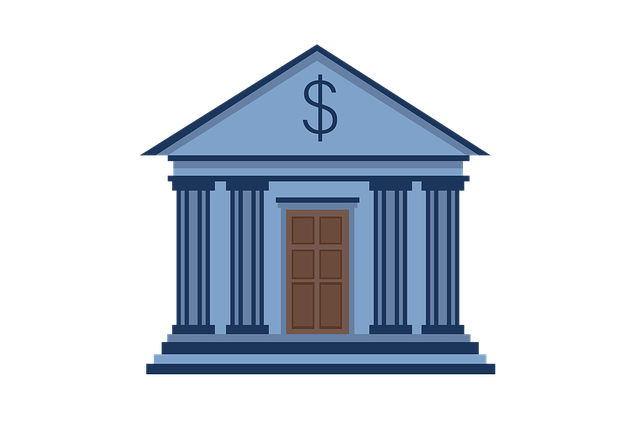A line of credit offers businesses flexible financing, allowing them to access funds as needed without fixed terms or repayment schedules. This is particularly beneficial during seasonal fluctuations or unexpected market shifts, ensuring uninterrupted operations and facilitating strategic investments and expansion. By eliminating extensive paperwork and streamlining the financing process, a pre-approved line of credit saves time and effort, providing businesses with consistent financial stability. Choosing the right LOC requires understanding cash flow needs and evaluating creditworthiness, while building a robust credit profile improves borrowing conditions. Real-world applications show how lines of credit empower businesses to manage cash flow effectively and capitalize on opportunities in dynamic markets.
Flexible borrowing through a business credit line offers a dynamic solution for businesses seeking to manage cash flow, fund growth, and navigate market fluctuations. In this comprehensive guide, we explore the benefits and mechanics of lines of credit, providing insights into how businesses can access flexible financing. From understanding the basics to choosing the right option and responsible borrowing practices, learn how lines of credit empower entrepreneurs to thrive in today’s competitive landscape.
- Understanding Line of Credit: Unlocking Flexible Financing for Businesses
- Benefits of a Business Credit Line: Cash Flow Management Made Easy
- How Does a Line of Credit Work? A Step-by-Step Guide
- Choosing the Right Credit Line Option for Your Business Needs
- Building Credit and Repaying: Strategies for Responsible Borrowing
- Real-World Applications: Success Stories of Flexible Borrowing
Understanding Line of Credit: Unlocking Flexible Financing for Businesses

A line of credit offers businesses a flexible financing option, providing access to funds as needed. Unlike traditional loans with fixed terms and repayment schedules, a line of credit allows entrepreneurs to borrow money up to a predetermined limit and pay it back at their own pace. This innovative approach empowers business owners to navigate unpredictable cash flow patterns and seize opportunities without the burden of immediate repayment.
When a company is approved for a line of credit, they gain a revolving fund that can be drawn upon whenever necessary. This means businesses have the freedom to borrow, repay, and reborrow within the established limit over an agreed-upon period. Such flexibility is particularly beneficial during seasonal fluctuations or unexpected market shifts, ensuring business operations remain uninterrupted and allowing for strategic investments and expansion opportunities.
Benefits of a Business Credit Line: Cash Flow Management Made Easy

A business credit line offers numerous advantages for entrepreneurs and small businesses looking to manage their cash flow effectively. One of the key benefits is the convenience it provides in terms of accessing funds on-demand. Unlike traditional loans with fixed repayment schedules, a line of credit allows businesses to borrow as needed, providing flexibility during periods of higher expenses or unexpected cash flow gaps. This feature ensures that entrepreneurs have the financial resources readily available to seize opportunities or navigate through challenging economic phases.
Additionally, this borrowing option streamlines the financing process, saving time and effort compared to applying for new loans repeatedly. With a pre-approved line of credit, businesses can quickly secure funding for operations, investments, or working capital without extensive paperwork or waiting periods. Such efficient cash flow management enables companies to focus on growth strategies, seize market opportunities, and maintain consistent financial stability.
How Does a Line of Credit Work? A Step-by-Step Guide

A line of credit, or LOC, is a flexible borrowing option that allows businesses to access funds as needed, up to a pre-determined limit. Unlike traditional loans with fixed terms and payments, an LOC offers a revolving balance that can be used, repaid, and reused multiple times. Here’s how it works:
1. Establishment: Businesses apply for a line of credit from a lender, such as a bank or financial institution. The lender assesses the business’s financial health and sets a credit limit based on that assessment.
2. Access Funds: Once approved, the business can access funds by writing checks or making online transfers up to the available balance. The interest rate is typically variable and is calculated based on a benchmark rate plus a margin set by the lender.
3. Repayment: Unlike credit cards, an LOC usually doesn’t have minimum monthly payments. Instead, businesses repay the borrowed amount in full by a specific due date, with interest charged only on the outstanding balance.
4. Continuity and Flexibility: As long as the business stays within its credit limit, it can continue to borrow, repay, and re-borrow funds, providing ongoing access to capital for operations or other needs.
Choosing the Right Credit Line Option for Your Business Needs

When it comes to choosing a business credit line, there’s no one-size-fits-all solution. The right option depends entirely on your specific business needs and financial goals. Start by evaluating your cash flow patterns – do you experience seasonal fluctuations or consistent, predictable demands? A revolving line of credit might be ideal for businesses with steady, ongoing needs, offering flexibility to borrow and repay as required. On the other hand, a term loan could be better suited for one-time purchases or projects with a defined beginning and end.
Consider your business’s creditworthiness too. Lenders will assess your financial health, revenue streams, and debt levels when deciding on terms and rates. If your business has strong credit, you may qualify for more favourable conditions. Conversely, businesses with less established credit histories might find themselves facing higher interest rates and stricter borrowing limits initially.
Building Credit and Repaying: Strategies for Responsible Borrowing

Building and maintaining a strong credit profile is integral to responsible borrowing with a business line of credit. Lenders will assess your company’s financial health, including cash flow, debt levels, and repayment history, before extending a line of credit. Regularly reviewing and improving these key areas demonstrates your business’s reliability and increases the likelihood of securing a favorable interest rate.
Effective repayment strategies are also crucial. Making timely payments, even on smaller balances, can positively impact your credit score over time. Consider setting up automatic payments or reminders to ensure you never miss a deadline. Additionally, paying down debt more aggressively than required can further enhance your business’s financial standing and reduce the overall cost of borrowing.
Real-World Applications: Success Stories of Flexible Borrowing

In today’s dynamic business landscape, flexible borrowing through a line of credit has proven to be a game-changer for many companies. Real-world applications showcase how this financial tool empowers businesses to navigate unpredictable markets with ease. For instance, small and medium enterprises (SMEs) often utilize lines of credit to manage cash flow during peak seasons when demand surges. This allows them to swiftly capitalize on market opportunities without the constraints of traditional loans.
Success stories abound where flexible borrowing has fostered growth and resilience. Some companies have leveraged their lines of credit to invest in expansion projects, such as upgrading technology or opening new branches. Others have used them to cover unexpected expenses, like sudden equipment failures or legal fees, without disrupting operations. These real-life scenarios demonstrate how a well-managed line of credit can serve as a strategic asset, providing the financial flexibility needed to adapt and thrive in an ever-changing business environment.






